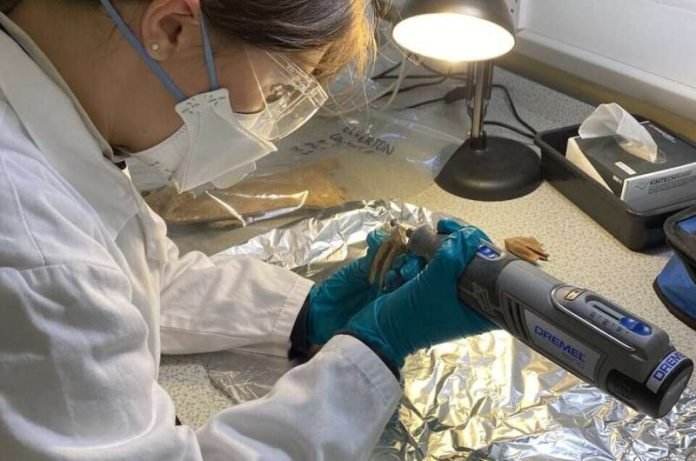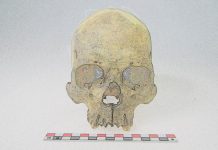
The discovery of a nearly unique animal cemetery in London, dating back to the late medieval and Tudor periods, has unveiled fascinating insights into the opulent lifestyle and international horse trading practices of England’s elites.
This archaeological revelation came about through the examination of horse skeletons found nearly three decades ago, under what is now Elverton Street in the City of Westminster.
Back in its day, this site would have been situated outside the bustling walls of London, near the royal palace complex at Westminster, highlighting its significance to the upper echelons of society.
Researchers from the University of Exeter employed advanced archaeological science techniques to uncover the origins of these horses, which were considered the pinnacle of physical excellence, akin to the supercars of today.
The study, published in Science Advances, reveals that these horses, prized for their height and strength, were imported from various parts of Europe.
They served not just as mounts for jousting tournaments but also as status symbols during the 14th to 16th centuries.
The analysis identified three horses as some of the tallest of their time in late medieval England, standing up to 1.6 meters or 15.3 hands high—a size that, while modest by today’s standards, was quite impressive for the era.
The international journey of these elite horses to British shores was pieced together through isotope tests conducted on 22 molar teeth from 15 individual animals.
The chemical signatures found in the teeth provided clear evidence that these horses did not grow up in the UK but had diverse origins, possibly including Scandinavia, the Alps, and other parts of northern and eastern Europe.
This finding suggests that representatives of the King and medieval London elites scoured horse markets across Europe to bring the finest horses back to London, possibly for participation in the famed jousting contests held near Westminster.
The study also revealed the rigorous lives these horses led, with physical analyses of the teeth showing signs of heavy use and wear from curb bits, indicating their roles in warfare, tournaments, and breeding.
The presence of fused vertebrae in several skeletons pointed to a lifetime of riding and hard labor, underscoring the significant investments made by the medieval elite in maintaining and showcasing their equestrian assets.
This research not only sheds light on the opulence and international trading networks of England’s medieval elite but also offers a tangible archaeological signature of the extensive trade in elite horses.
The findings underscore the lengths to which the aristocracy went to acquire the finest horses from across Europe, highlighting the importance of these animals in medieval and Tudor society as symbols of power, prestige, and martial prowess.
The research findings can be found in Science Advances.
Copyright © 2024 Knowridge Science Report. All rights reserved.



